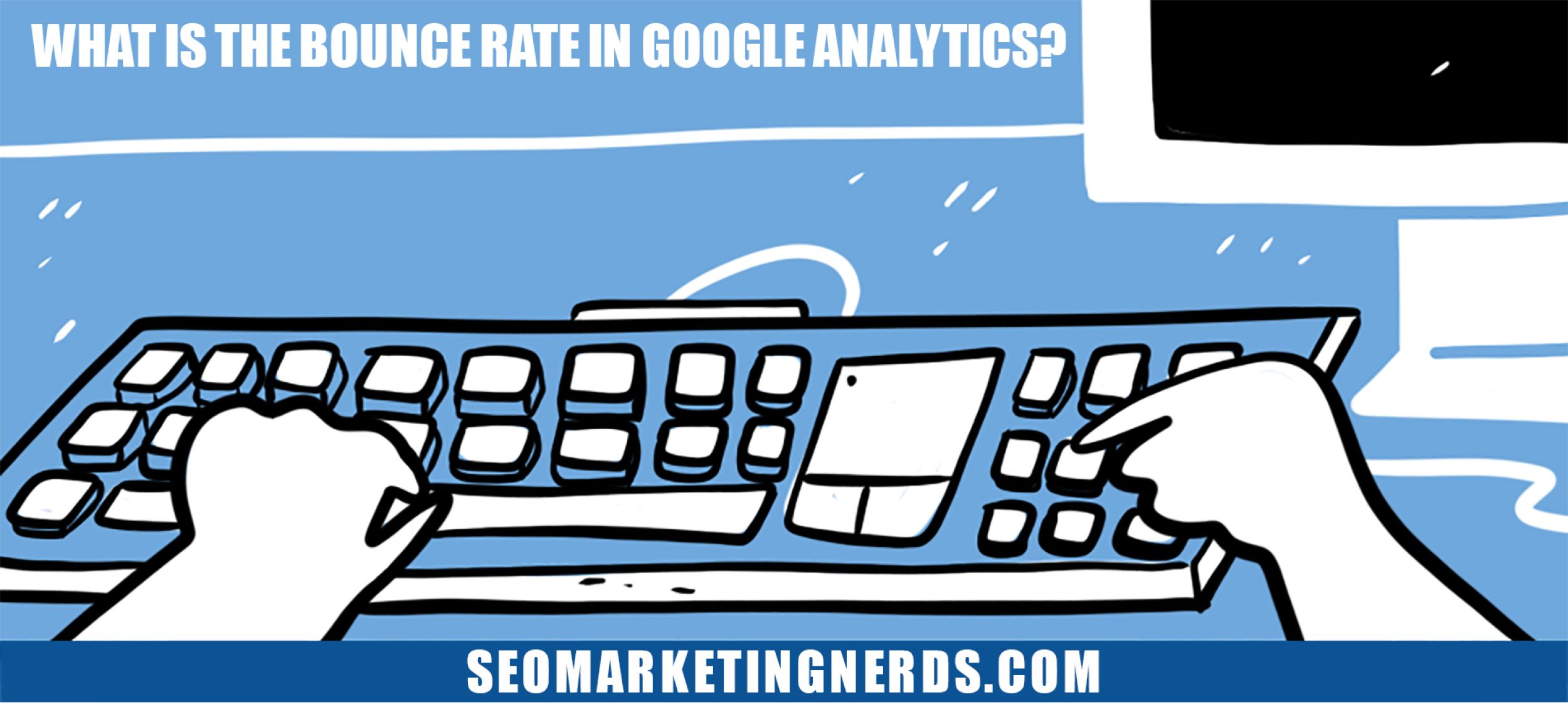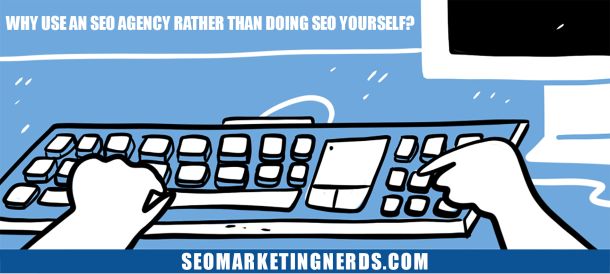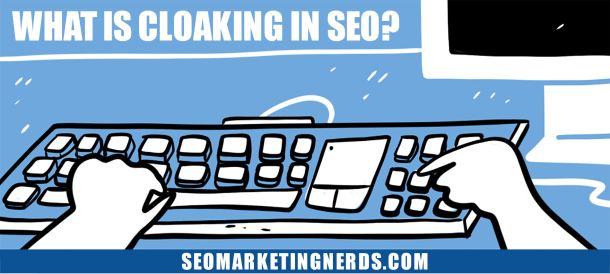What is the bounce rate in Google Analytics?
Table of Contents
ToggleIn Google Analytics, “bounce rate” is a metric that measures the percentage of single-page visits or visits in which the person left your site from the entrance (landing) page. A high bounce rate may indicate a problem with your website design, content, or user experience. If you have a high bounce rate, people are coming to your site and quickly leaving without taking action. This can be frustrating, especially if you’ve spent time and effort driving traffic to your site. There are several ways to reduce your bounce rate and improve your website. In this blog post, we will explore some of the most effective methods.
What is the bounce rate?
Bounce rate is one of the most important metrics in Google Analytics. It measures how often visitors to your website leave after only viewing one page. A high bounce rate indicates that people are not finding what they’re looking for on your site, which can be a problem with your website’s design, content, or user experience.
There are a few things you can do to reduce your bounce rate:
- Make sure your website’s design is easy to use and visually appealing.
- Write compelling and relevant content that engages readers and keeps them on your site.
- Improve your website’s navigation so users can easily find what they’re looking for.
You’ll likely see more conversions and other positive results if you can reduce your bounce rate.
How does bounce rate affect your SEO?
A high bounce rate is generally bad for business, as it indicates that people are not finding what they’re looking for on your site.
Bounce rate can also affect your SEO marketing. If you have a high bounce rate, it may signal to Google that your site is not relevant to the user’s search query. This can lead to a lower search ranking. Conversely, if you have a low bounce rate, it may indicate to Google that your site is relevant and useful, which could lead to a higher search ranking.
While bounce rate is not an explicit ranking factor, it’s still important to keep an eye on your bounce rate and try to minimize it. You can do this by ensuring that your site is relevant to the user’s search query, providing relevant and targeted content, and making sure your site is easy to navigate.
What is a good bounce rate?
There is no hard and fast rule for what constitutes a “good” bounce rate – it will vary depending on the type of website and the goals you’re hoping to achieve. However, as a general guideline, a good bounce rate is usually below 60%.
How to improve your bounce rate?
There are a few key things you can do to improve your bounce rate:
1. Make sure your website is fast and responsive. Visitors will likely leave before they can see what you offer if it takes too long for your pages to load.
2. Improve the design and user experience of your site. If visitors can’t easily find what they’re looking for or if your site is difficult to navigate, they’re more likely to bounce.
3. Provide relevant and targeted content. If the content on your site isn’t relevant to what your visitors are looking for, they’re not going to stick around. Make sure all of your content is targeted toward your target audience.
4. Use engaging media such as images, videos, and infographics. This will help keep visitors engaged with your content and less likely to click away from it.
5. Use effective calls-to-action (CTAs). This will encourage visitors to take action, such as subscribing to your newsletter or downloading a white paper or e-book. Your CTAs should be clear and concise and lead visitors to landing pages relevant to their interests.
Following these tips can improve your bounce rate and keep visitors engaged with your site longer.
What is the relationship between bounce rate and time on site?
There is a direct relationship between bounce rate and time on site. The longer someone spends on your website, the less likely they bounce. However, this isn’t always the case. If someone arrives on your website and immediately leaves, it’s called a hard bounce. This usually happens when someone clicks on a link that takes them to a page that doesn’t exist (404 error) or if they were looking for something specific and couldn’t find it on your site.
How does Google Analytics calculate bounce rate?
Google Analytics can calculate your bounce rate in a few different ways. The most common method is to take the total number of single-page visits to your site and divide it by the total number of entrances. Another way to look at it is to take the total number of bounces and divide it by the total number of unique visitors.
So, if 100 people visit your site and 50 leave after viewing only one page, your bounce rate would be 50%. If ten people visit your site and five leave after viewing only one page, your bounce rate would be 50%. And so on.
It’s important to note that a high bounce rate isn’t necessarily a bad thing. It depends on what kind of website you have and what kind of goals you’re trying to achieve. For example, if you have a blog with short posts, you might expect a higher bounce rate because people are just there to read one article and then move on. That’s perfectly fine! On the other hand, if you have an eCommerce website where you want people to browse around and buy things, a high bounce rate could indicate that something isn’t quite right and that you need to work on improving your site architecture or user experience.
What are some other factors that affect bounce rate?
Several other factors can affect your bounce rate, including:
The type of content on your site. For example, if you have a lot of long-form content, people may be more likely to stick around and read it. On the other hand, if you have a lot of short, punchy articles, people may be more likely to scan them and then move on quickly.
The design of your site. If your site is difficult to navigate or doesn’t look very inviting, people may be less likely to stick around.
How fast your site loads. If your site takes forever to load, people will click away before they even get a chance to see what you offer.
Whether or not you have pop-ups or other intrusive elements on your site. If you do have these things, people may be more likely to click away from your site in frustration.
Latest Posts
© SEO Marketing Nerds. All rights reserved.



